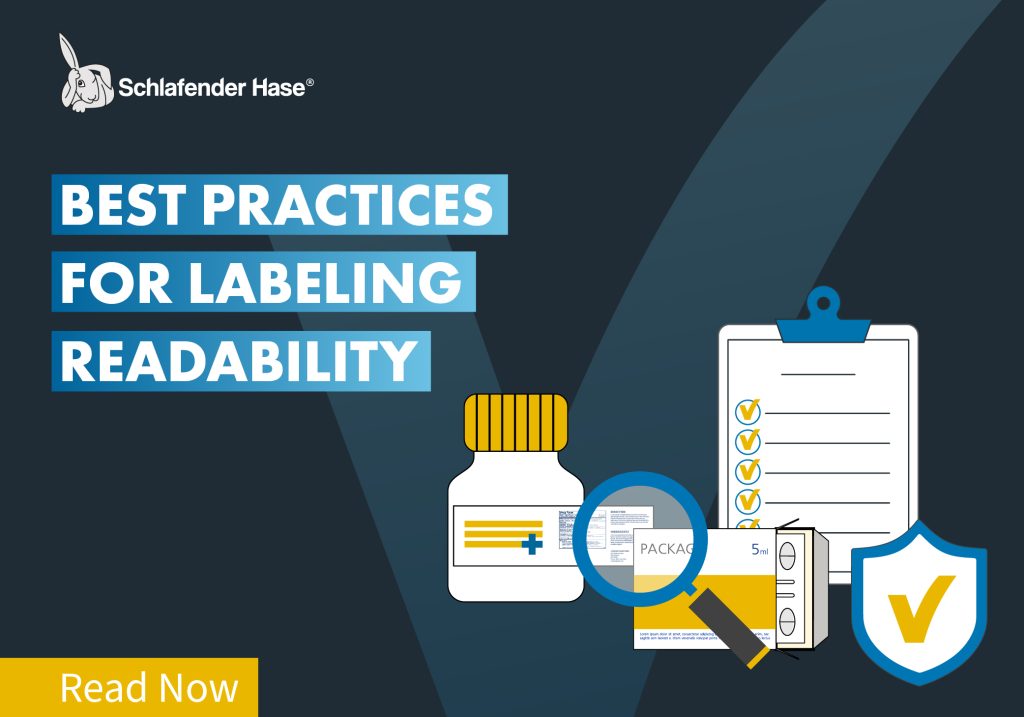Bringing a new drug to market involves a high investment and very many risks. In order to maximize sales during the exclusivity period, your product must be ready for launch as quickly as possible. In the first of a three-part series on structured content and structured product labeling, we explore why structured content is important, its benefits, and best practices for implementation.
What do we mean by structured content?
In the most general sense, structured content refers to the pre-defined organization and presentation of information in standardized formats and structures that allow it to be easily stored, retrieved, reused, exchanged and customized compliantly across different formats and between stakeholders. In general, your compliant content is a valuable resource as it has gone through time-consuming creation, revision and approval cycles, culminating in the case of labeling and packaging in approval by a regulatory body. Yet without correct management of labeling content, its value as a resource is lost and content can present a high risk to compliance.
Regulatory bodies rely on structured content
Crucially, structured content is an integral part of the drug submission and approval processes, and essential for the efficient communication and exchange of information between regulatory bodies, healthcare professionals, patients and manufacturers.
For example, the US Food and Drug Administration (FDA) requires applicants to use a Structured Product Labeling (SPL) format for regulatory submissions in electronic format, designed to facilitate the exchange of product and facility information. [1] The European Medicines Agency currently uses the eXtended EudraVigilance Product Report Message (XEVPRM) format.
This is being replaced by the SPL format, based on International Organisation for Standardisation (ISO) Identification of Medicinal Products (IDMP) standards for defining, identifying and describing medicinal products for human use. It is generally referred to as ISO IDMP. [2, 3] This includes labeling, and simplifies the review process and allows information to be presented uniformly and compliantly. Canada recently transitioned to the Structured Product Monograph (SPM), based on a similar format to SPL.

The benefits of structured content – Compliance and safety
Structured content promotes consistency, accuracy and compliance in labeling. When content is structured and managed in verified, compliant modules, the information can be easily accessed, exchanged and reused across labeling formats with confidence. While final verification steps are required to ensure that labeling versions meet the required quality and are compliant in terms of accuracy and presentation, the turnaround is simplified. This reduces the number of review cycles prior to the release of the new version (for example, in a format such as promotional material based on FDA-approved labeling), saving time. The time saved can be used on higher, value-adding tasks.
Yet the benefits don’t stop there. These time savings are manifold because structured content also allows greater automation of processes. Furthermore, multilingual versions of information can be better managed and exchanged. Having approved, structured modular content, for instance, significantly simplifies content management in large organizations. It is especially beneficial in terms of risk mitigation when working with subsidiaries that are subject to local regulations. Here, having central repositories plays a key role. The overall result is greater accuracy and compliance – the ultimate purpose of structured content.
Implementing structured content – Best practices for labeling
When implementing structured content, it is important to have a strategy and clearly defined business plan in place, with a roadmap and milestones. It might require bringing in an external expert. Beyond this, there are some very practical aspects you need to keep in mind to help you implement structured content for product labeling in human medicines.
- Know relevant labeling and packaging regulations
The first step is to understand the regulations and requirements for structured content. Regulatory bodies provide detailed guidance on their requirements, such as SPL in the US. [4] Assess any deficiencies and risks in your current practices in regard to the regulations.
- Plan your system requirements
The keyword here is interoperability. Any choices you make must work together seamlessly with other systems for the exchange, management and processing of information. For example, TVT document comparison software can be integrated with any information system, allowing you to automate your proofreading within your workflow. Scalability is also important, plan for future growth. Choose systems from certified sources (e.g. ISO 9001:2015 certification for Design and Software Development for Regulated Environments)
- Clearly define your content structure for labeling
Templates, modules, categories, content elements such as dosage or contraindications – structured content only has value if it is compliant, safely stored centrally in a repository, and retrievable. Its integrity must also be protected. Don’t forget that you will be dealing with all content components of labeling: text, images, diagrams, tables, barcodes, electronic labeling and paper-based labeling. All content must be structured and with these purposes in mind.
- Develop efficient SOPs for product labeling
Structured content will collapse and become unusable without SOPs. Information must be updated, reviewed, approved, verified for accuracy and quality, documented for version control, and much more. Ownership and responsibility must be clearly defined.
- Documentation and training
Up-to-date documentation must be maintained, and staff trained to ensure proper use.
- Automate and integrate as much as possible
Avoid time-consuming manual tasks by automating as much as possible. Automated proofreading is one example where you can save time, money and reduce risk.
Coming up next: How structured content empowers regulatory frameworks like SPL and SPM.






